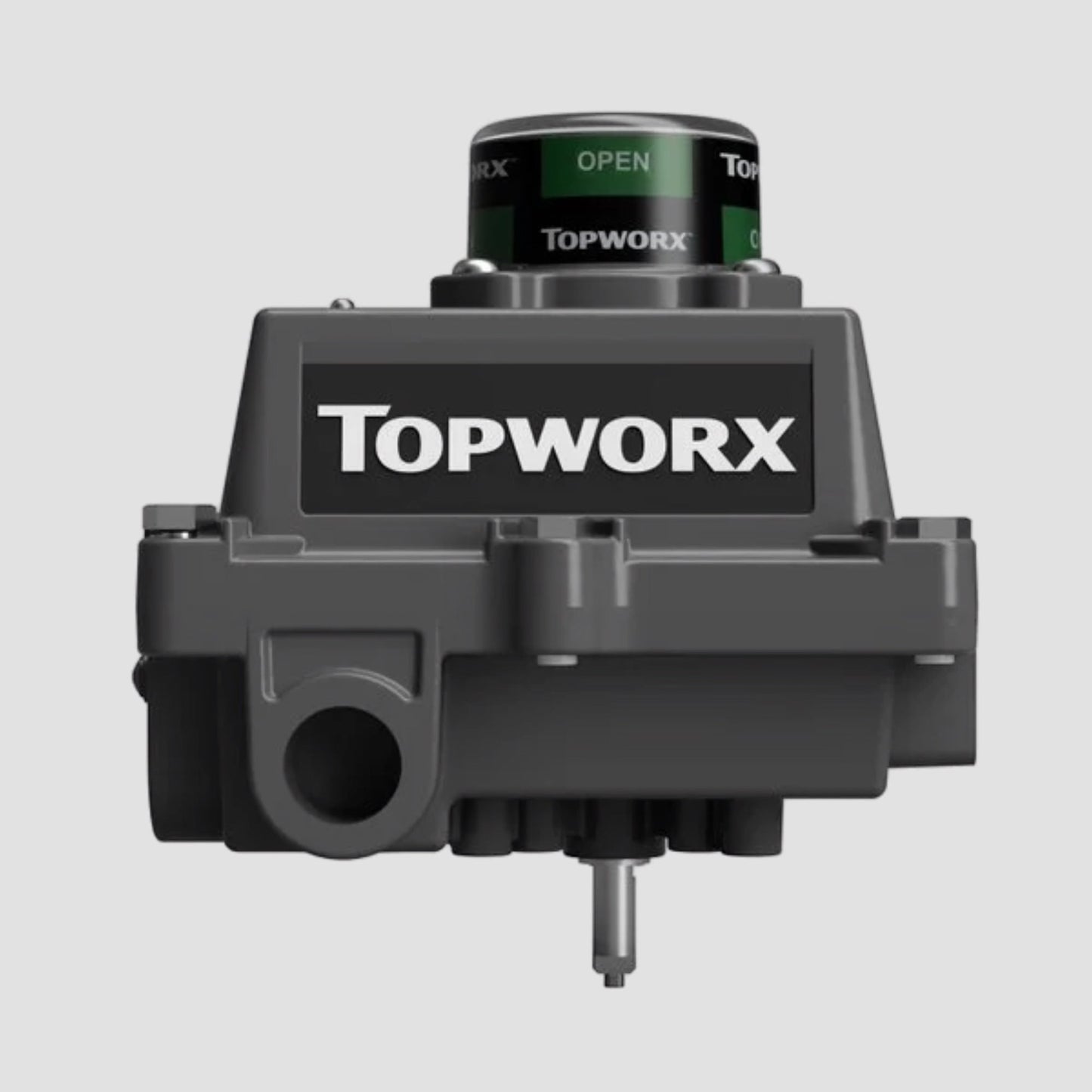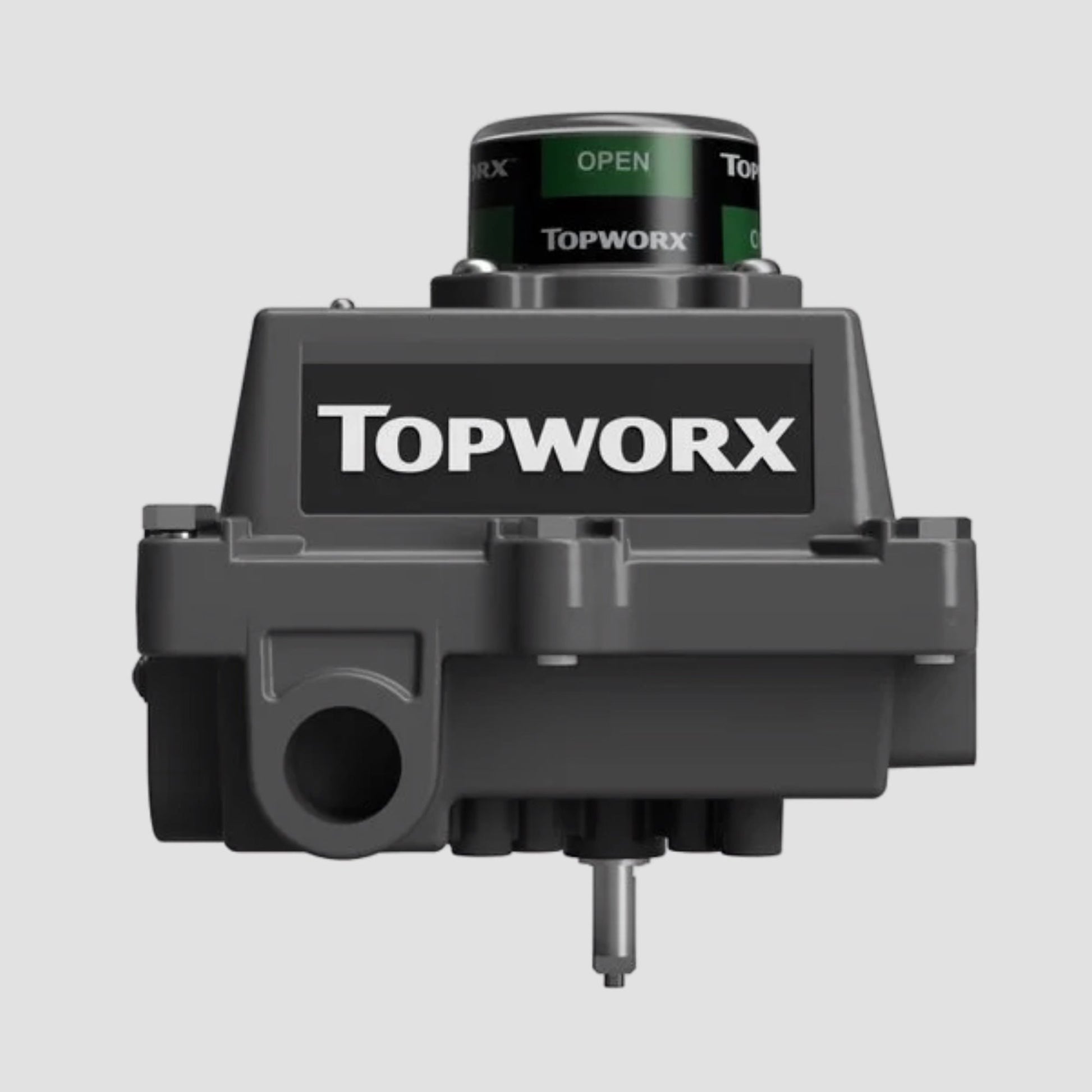Topworx Switchboxes
TopWorx Limit Switch Box DXP-001GSEB Valve Monitor
TopWorx Limit Switch Box DXP-001GSEB Valve Monitor
Couldn't load pickup availability
The TopWorx DXP-001GSEB Valve Monitor is an ideal solution for reliable, high-performance valve monitoring in industrial environments. Built with a tropicalized aluminum enclosure, this limit switch box is designed for longevity in challenging conditions, offering explosionproof and flameproof protection for safe operation in hazardous areas. Featuring a standard 90° Green OPEN visual display and a durable ¼" DD 316 stainless steel shaft, the DXP-001GSEB ensures precise and clear valve position indication. Equipped with dual ¾" NPT conduit entries for streamlined installation, this model is ready to integrate seamlessly into your process automation.
Key Features:
- Durable Tropicalized Aluminum Enclosure: Provides long-lasting protection in harsh environments.
- Explosionproof / Flameproof Area Classification: Certified for safe use in potentially hazardous locations.
- 90° Green OPEN Visual Display: Clear and concise valve status indication.
- ¼" DD 316 Stainless Steel Shaft: Enhances durability and corrosion resistance.
- Dual ¾" NPT Conduit Entries: Allows for easy and flexible wiring setups.
- Buna-N O-Rings: Seals and protects internal components from contaminants and leaks.
This TopWorx DXP-001GSEB model comes without a pilot, spool valve, N switch, or manual override, ensuring a simplified, direct monitoring solution.
Share

Enquire Online!
FAQ's
What is the difference between a valve and an actuator?
What types of actuators are available?
The main types of actuators are:
Pneumatic actuators – use compressed air for fast, reliable operation.
Electric actuators – use electrical power for precise control.
Hydraulic actuators – use fluid pressure for high-torque applications.
Each type offers unique advantages depending on the environment, media, and system control needs.
How do I choose the right actuator for my valve?
To select the correct actuator, consider:
Valve type and torque requirement
Power source available (air, electric, or hydraulic)
Operating environment (temperature, humidity, hazardous area)
Control signal type (on/off or modulating)
Matching actuator torque and compatibility with the valve’s ISO mounting ensures reliable performance.
What are the main types of valves used in automation?
The most common valves in automated systems include:
Ball valves – for tight shutoff and quick operation.
Butterfly valves – for larger flow control with compact design.
Globe valves – for precise throttling and flow regulation.
Check valves – to prevent backflow.
Gate valves – for full bore flow isolation.
What’s the difference between a double-acting and spring-return actuator?
Double-acting actuators use air (or power) to both open and close the valve.
Spring-return actuators use air to open (or close) the valve, and a built-in spring to automatically return it to a safe position when power or air is lost — ideal for fail-safe operation.
How often should valves and actuators be serviced?
Regular maintenance intervals depend on operating conditions, but a good rule of thumb is to inspect every 6–12 months.
This includes checking for leaks, lubrication, seal wear, and actuator responsiveness to prevent unexpected downtime.

